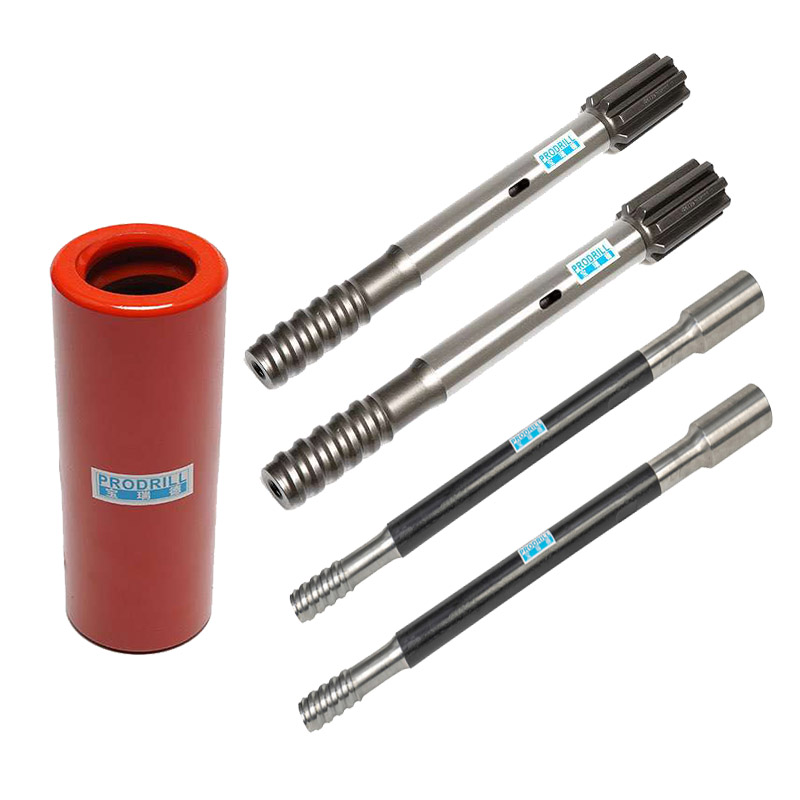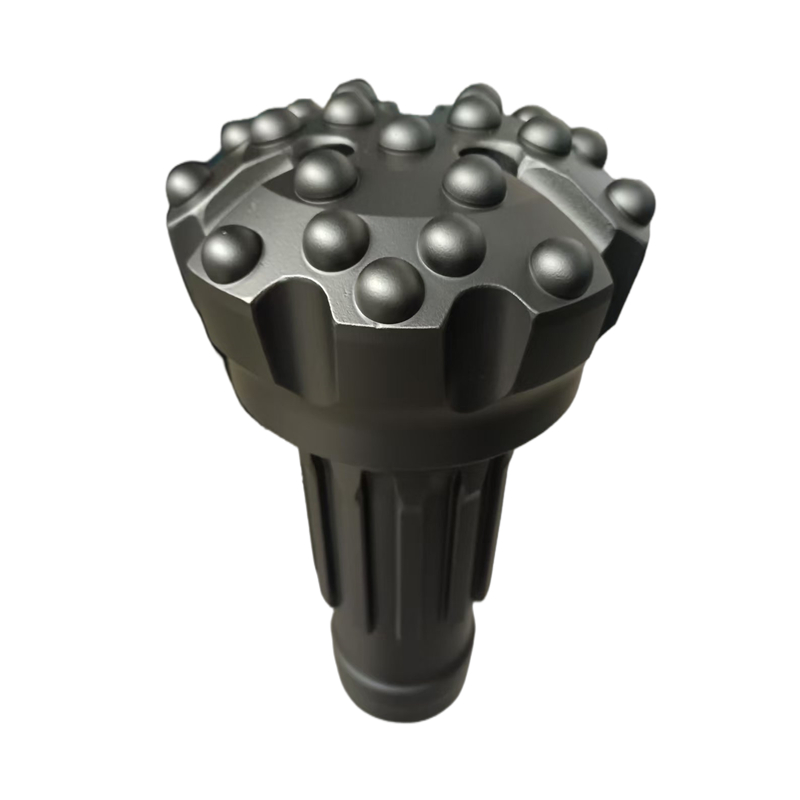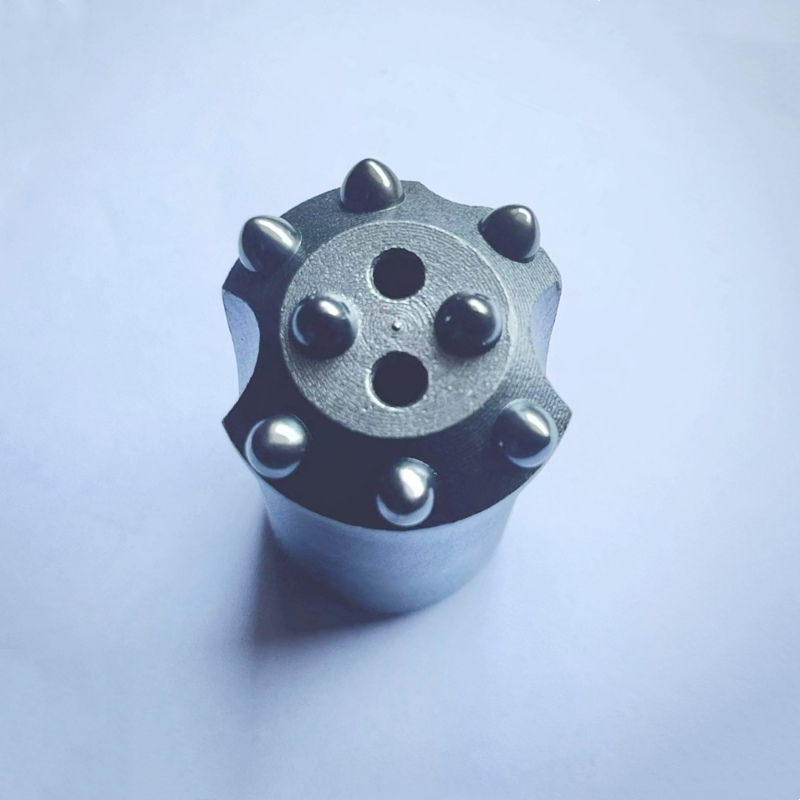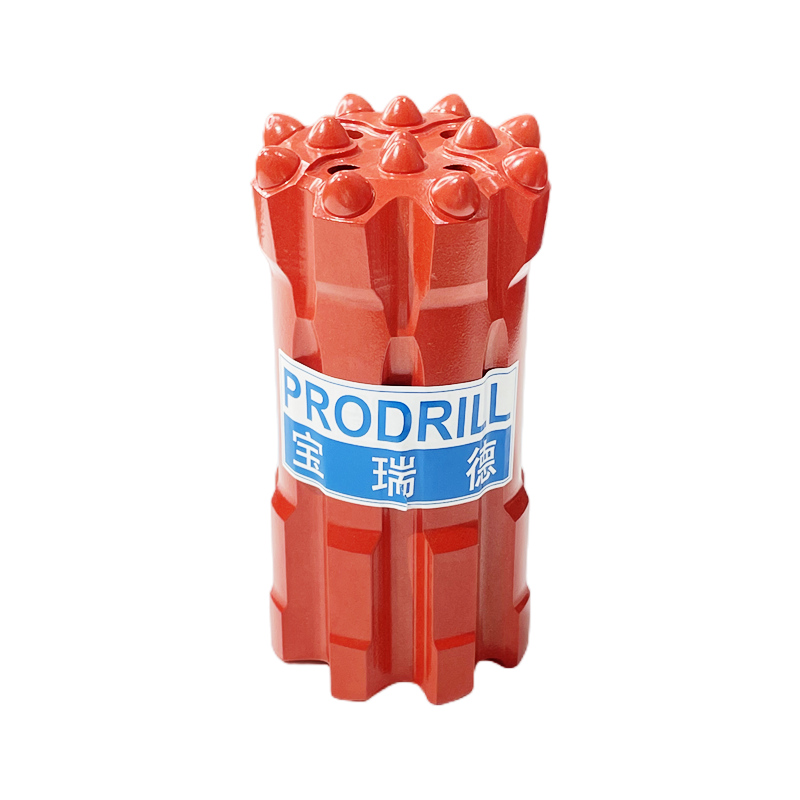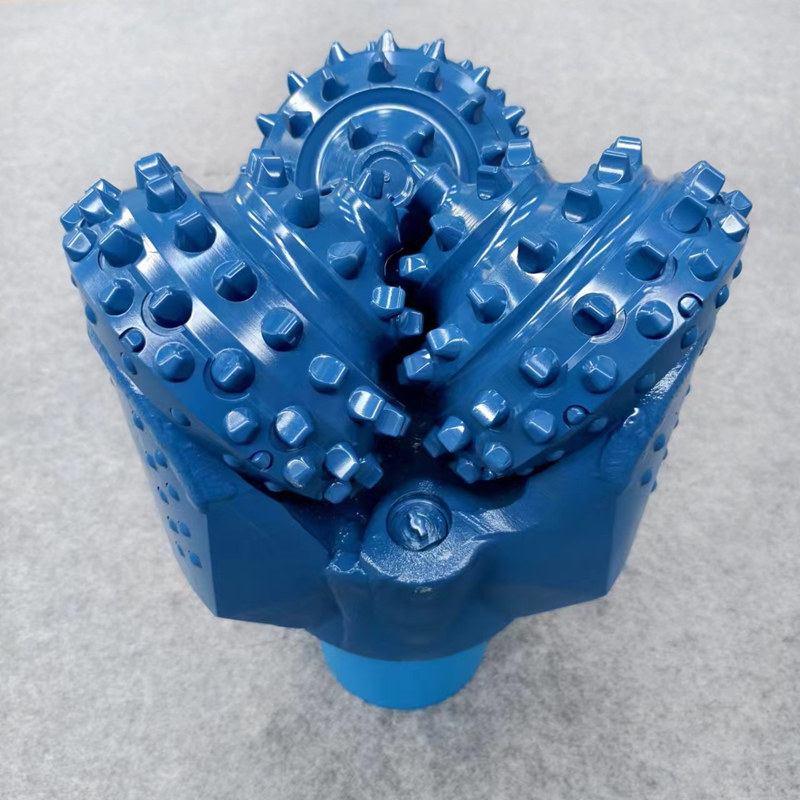Are you using Grinding Tools to extend button bit drilling life
06 Sep 2024
The reason for grinding the carbide plates ( button ) on rock drill bits and rods is obviously that the performance of blunt drill tools is particularly poor, so investing in grinding equipment and grinding technology can improve the performance of drill tools while reducing rock drilling costs. The wear characteristics of carbide plates (teeth) on rock drill tools vary greatly, and these differences are determined by the different properties of the rock being drilled, although to a certain extent, the design of the drill bit and the composition of the carbide can also improve the situation.
Therefore, the service life of a drill bit ( button bit ) varies greatly under different rock conditions. For example, in very hard and abrasive rock conditions, such as quartzite, the penetration is 75m; while in softer rocks, such as limestone, the penetration can reach several thousand meters. When drilling quartzite, the carbide pieces (button bit ) wear very quickly. Once blunted, the carbide pieces (teeth) will soon be damaged by the impact force. Due to the decrease in drilling efficiency, only less energy is transferred to the rock, and these forces eventually completely damage the carbide pieces (button). If the carbide pieces (button) can be restored to their original shape, so that all the impact energy of the rock drill piston is transferred to the rock, breaking the rock, it will be appreciated by users.
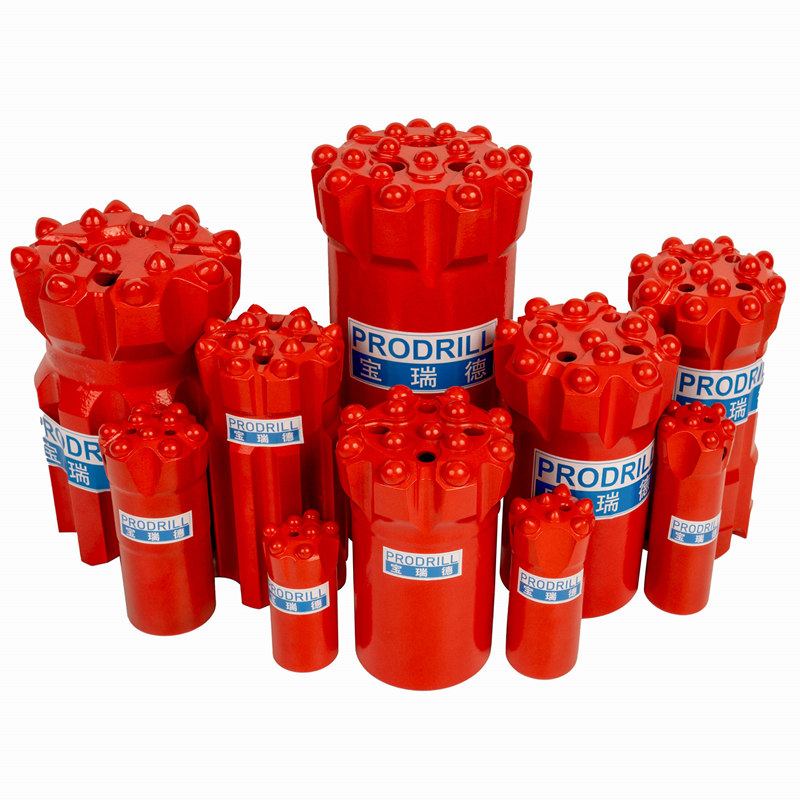
Even if the drill bit maintains the penetration state and the alloy has no obvious wear, it will suddenly fail. The rock chips and broken carbide will cause the drill bit to be scrapped. This situation is generally caused by fatigue microcracks on the surface of the carbide. These microcracks will quickly develop into large cracks and eventually cause the carbide to break.
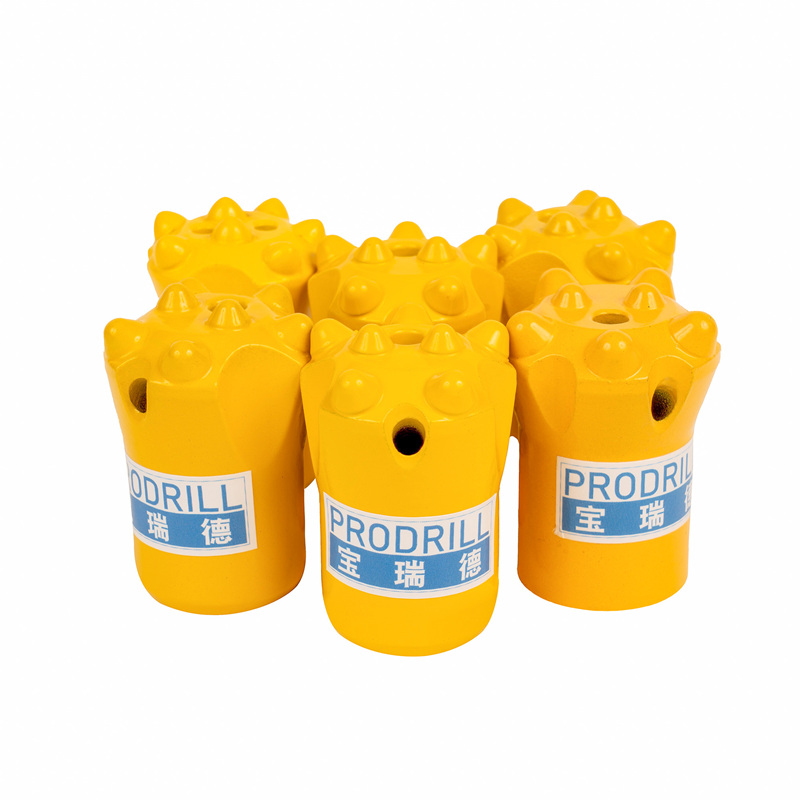
However, the rescue method is relatively simple. Grinding or surface polishing of the TCI sheet (carbide ) can eliminate micro-cracks on its surface. Regardless of whether the degree of wear of the drill bit can be seen at a glance or can only be seen with microscope magnification, this method can significantly extend the life of the drill bit and extend the life of the drill bit by 100% to 500%. Under normal wear and tear, a dome button bit can be sharpened 6 to 8 times, while a cross-type bit or a chisel bit can be sharpened up to 10 to 15 times.
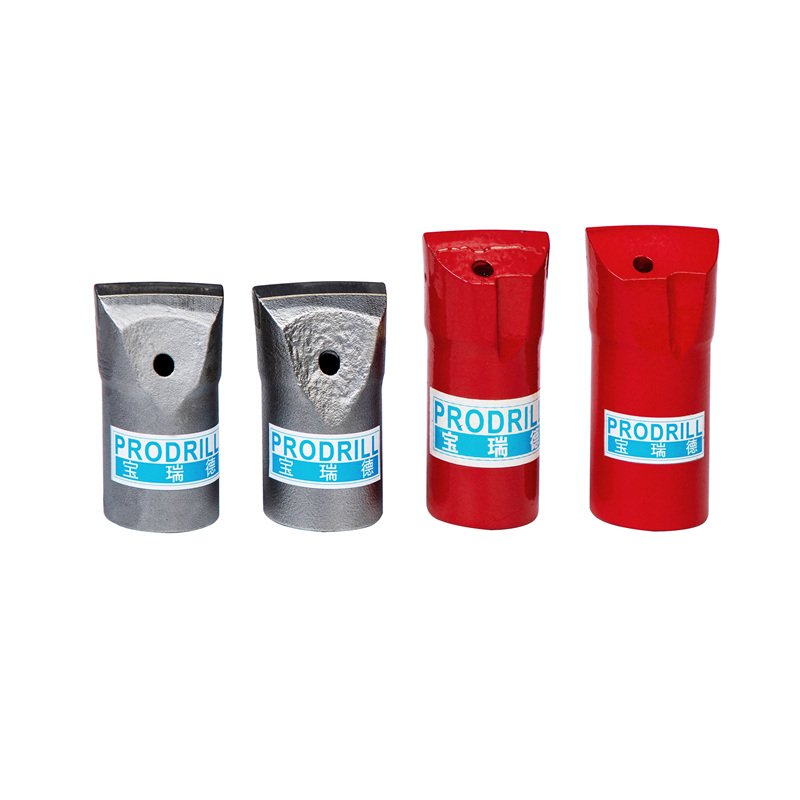
There are many aspects to pay attention to in order to achieve the best economic benefits and the highest efficiency in rock drilling. However, it is also very important to choose the right matching drill tools and equipment. Sandvik Rock Drilling Tools has designed a CASE shock wave computer simulation program to demonstrate the importance of drill bit selection. This CASE program brings additional economic benefits. Because high-efficiency rock drilling equipment can adapt well to the working environment, it can achieve high drilling speeds while ensuring a long service life. The correct drill bit should be selected so that it can adapt to the rock drilling conditions and obtain the appropriate rock resistance resistance (RPR) value. When rock drilling is at high efficiency, most of the input energy is used to drill the rock, and only a small amount is wasted. When the RPR value changes and the efficiency decreases, all the excess energy will be absorbed by the drill system, generating heat and internal stress, which will eventually cause the drill to wear and prematurely scrap.
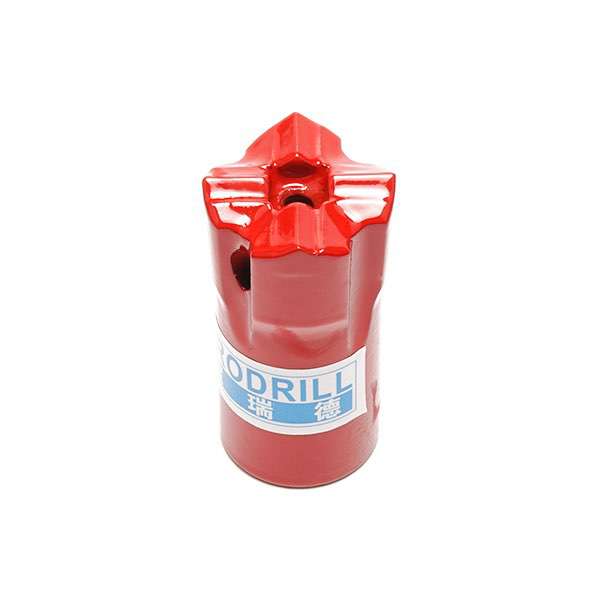
This CASE simulation program clearly shows that the correct selection of the drill bit is very important to ensure high productivity and extend the life of the entire drill system. When the drill bit is worn, the resistance value of the rock increases, which leads to a decrease in the drilling speed and generates internal stress in the drill system; when the drilling speed is significantly reduced, the carbide sheet (teeth) of the drill bit should be ground to restore it to its original shape, so that the RPR value can return to the original design value.
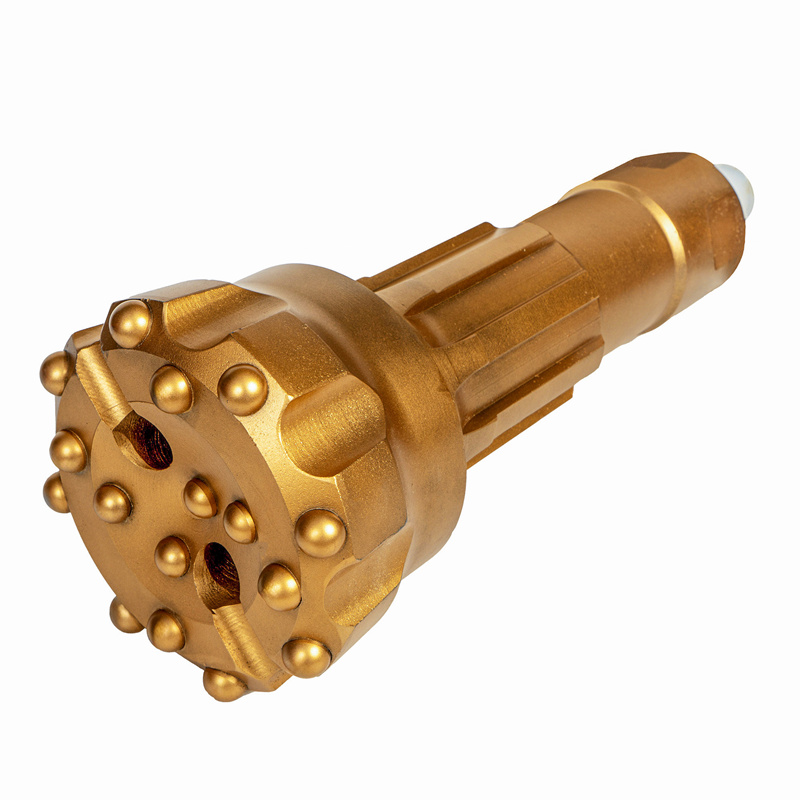
Generally speaking, in order to achieve the greatest economic benefits, the dome button on the drill bit should be ground when the diameter of the flattened part approaches or reaches 1/3 of the dome button diameter; in another case, when there is a reverse cone or "snake skin", or when the cemented carbide is too protruding due to the wear of the drill bit body, it is also necessary to grind it. The broken or other damaged ball teeth must be ground off to prevent them from falling off and damaging other ball teeth.
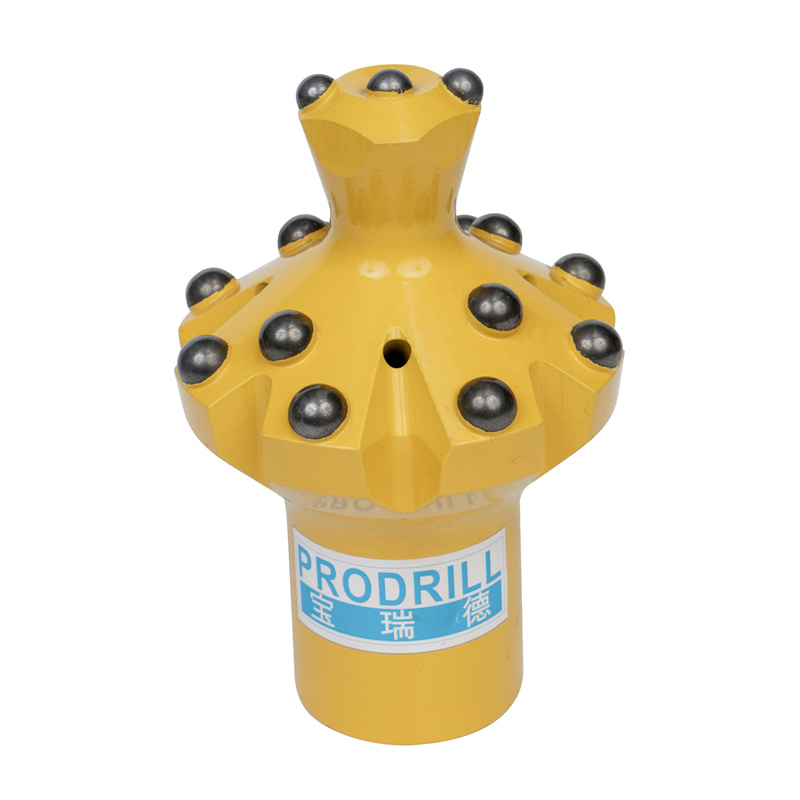
Obviously, if the drilling speed is reduced, the drill bit should be reground. However, Atlas Copco recommends that the bit be reground after 300m of penetration, even if the drilling speed is normal and the ball teeth still appear to be intact. This can eliminate micro fatigue cracks, i.e. the "snake skin" effect, before they develop deeper. If the carbide is worn too much before regrinding, not only will it cause internal stress in the drill system, but it will also take more time to regrind, which will increase the extra cost and waste the dome button themselves.
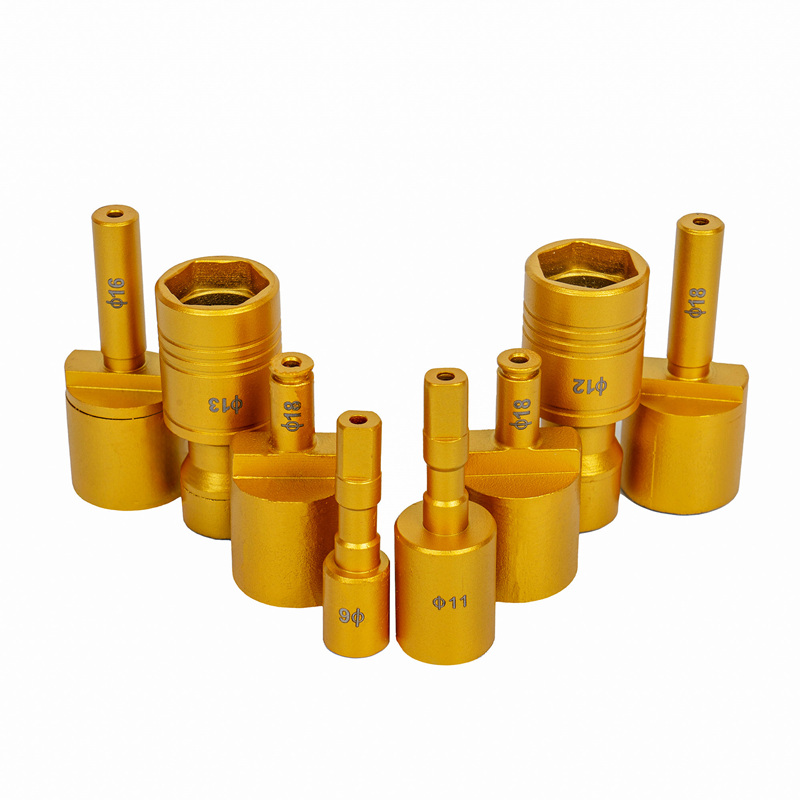
Because the part of the dome button that could have been used for rock drilling is reground, it means that it is better to regrind the carbide button (pieces) sooner rather than later. In practice, the regrinding time interval should be specified, and this time interval is based on practical experience (for example, regrind every 15 holes or 10 holes according to the wear rate).

Regular and correct grinding can bring many benefits, and the benefits can be seen immediately, such as extending the life of the drill bit ( thread button bit , taper bit , dth bit ) and increasing the drilling speed; it can also extend the service life of the extension drill rod, coupling sleeve and shank adapter , reduce the failure of the drill rod due to excessive internal stress; reduce the.
